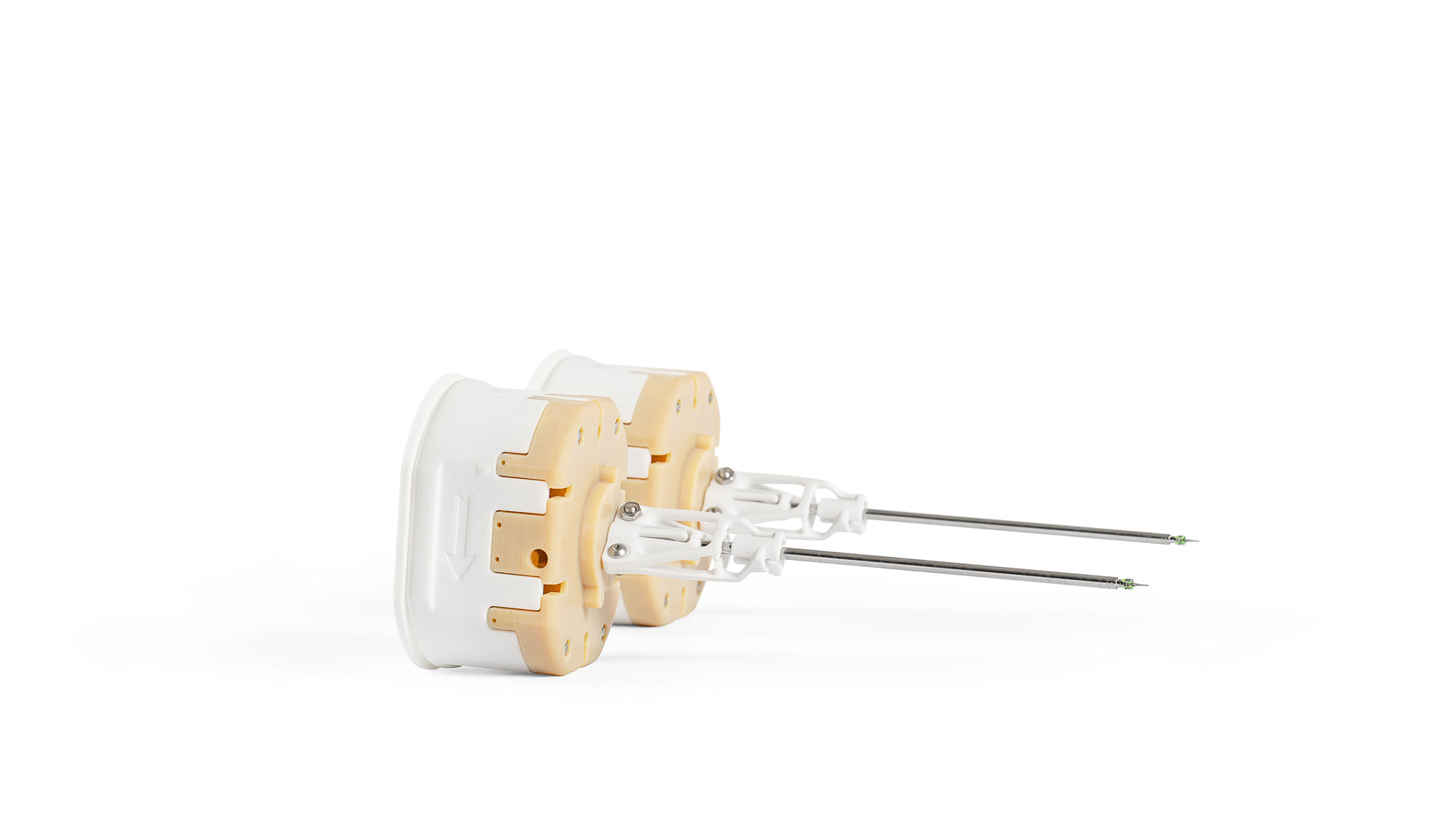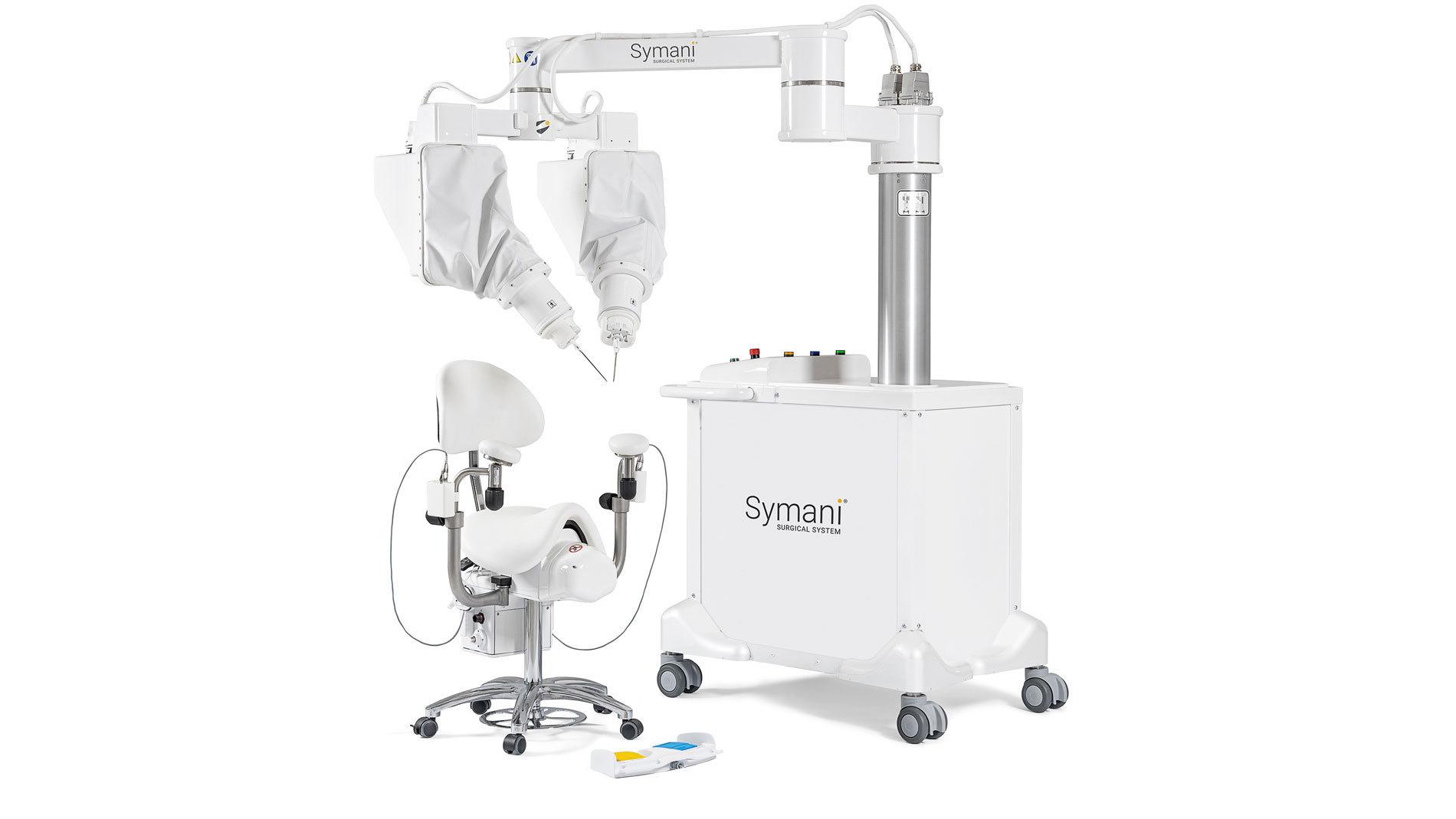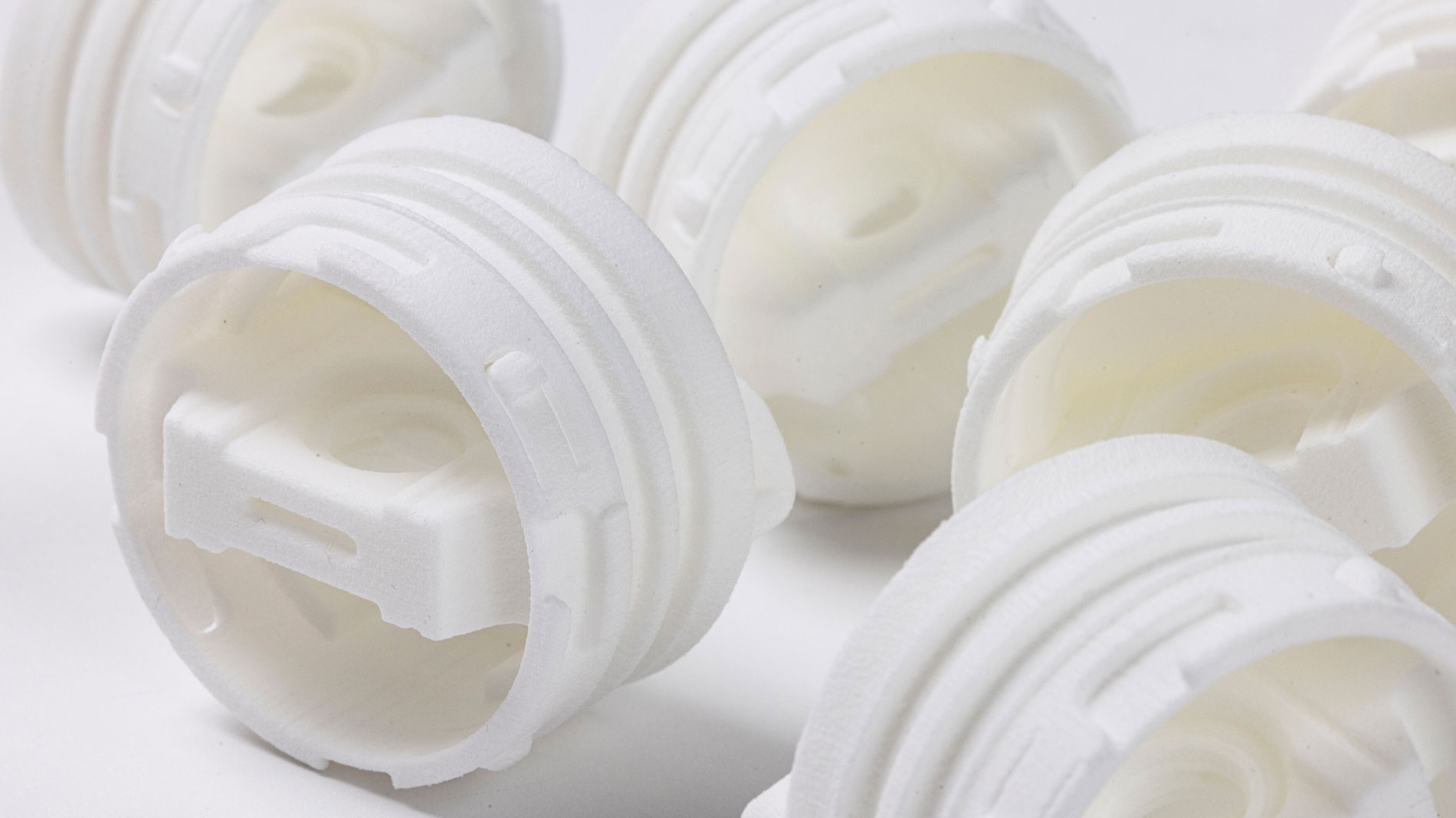Text: Jurgen Laudus, 3 September 2024
Exceptional designs are not always necessary: Additive Manufacturing of individual parts and small batches for medical technology opens up interesting possibilities.
3D printing in the medical industry has opened doors we couldn’t have dreamed of a century ago. From personalized implants and surgical guides to optimizing the production of small-batch parts, the technology has helped lift the blanket approach and improve patient outcomes around the world.
While these advancements focus on leaps forward in design, Additive Manufacturing can also create cost savings for one-off and small-series parts by taking retooling out of the equation. With such a push for personalized solutions, many medical technology companies have overlooked 3D printing’s economic drivers when it comes to small-batch production. However, the benefits for medical device companies and the health facilities purchasing their products are obvious.
Supporting essential patient care
Patient-specific 3D printed applications have been in the limelight for years – and rightfully so, as these personalized solutions show how far the medical industry has come. However, medical technology manufacturers that focus solely on these solutions are missing key opportunities to produce 3D printed products for general use diagnostic and treatment tools. While these parts may not make headlines, they still play a role in supporting essential patient care.
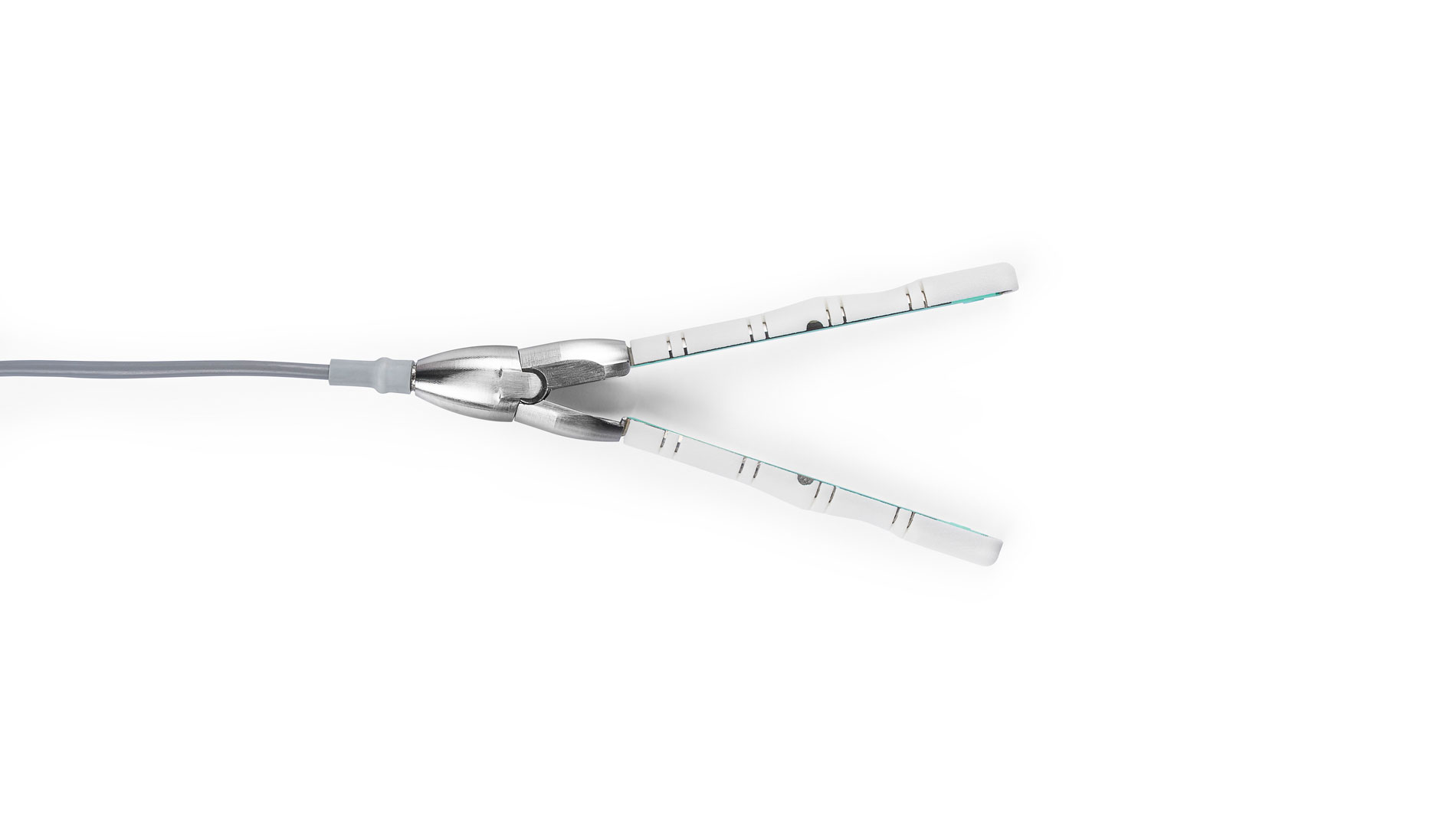
The medical field is unique in that even when a solution helps only a small number of patients, it still must be available. All diseases, including very rare ones, require diagnostics and treatment, as well as the equipment that goes along with it. For additive manufacturers, which can provide small to mid-size series of parts cost effectively, this poses an opportunity. Additive manufacturers are positioned to produce small, repeatable runs of parts for diagnostics, life sciences, research, biopharma, biotech and hospital equipment without significant changes to their printing operations.
Cheaper to 3D print
First, there are no minimum order quantities necessary when parts are 3D printed. It does not cost a 3D printing bureau more to produce one part versus 100 parts because all the parts are created on the same printer. On the opposite side of the same coin, small series of simple parts are cheaper to 3D print than to produce in a traditional manufacturing environment due to cost savings related to retooling and training.
This is especially helpful when a medical facility needs to replace a broken part for a piece of hospital equipment, or when a medical technology company is making only a few hundred of a specific type of diagnostic tool. Making a single part or a small batch of parts is much more feasible for a 3D printer than a production line.
Additionally, 3D printing can be invaluable when a company needs a part that has a challenging geometry that would be difficult to create through traditional manufacturing processes, such as injection molding.
Sartorius: Devices for mRNA COVID-19 vaccines
Materialise’s work with Sartorius, a supplier of devices, consumables and services for pharmaceutical industries, centered on small batches of single-use components. Since 2018, the companies have worked together to produce more than 26,000 single-use, end-use components that are trusted by some of the most well-known names in the industry, including GSK, GE Healthcare and Johnson & Johnson. mRNA COVID-19 vaccines were produced and finished using Sartorius devices; Materialise’s capabilities in 3D printing helped speed up production, remove the need for assembly and ensure the complicated geometries of certain parts were replicated in the end product.
MMI: Speeding up prototyping
These advantages also lend themselves to the needs of medtech startups, as they offer a way to quickly produce design iterations and prototypes. Materialise worked with MMI, a company that developed the world’s smallest wristed micro-instruments as well as tremor-reducing and motion scaling robotic technology for complex microsurgery procedures. The companies collaborated on prototyping. With microsurgery, tiny adjustments can have a signification impact on performance; 3D printing enabled MMI to make changes without added costs for new molds. Now, MMI uses Additive Manufacturing at Materialise extensively to produce end-use parts for their surgical kits, and its solutions are used in the U.S. and Europe.
Single-use components printed from PA 12 for Sartorius. Image: Materialise
More than 150,000 3D printed parts per year
Materialise produces more than 150,000 3D printed parts per year for the medtech industry, not including patient-specific applications. The company works from design to certified manufacturing of the parts and works with 28 of the world’s top 30 medtech manufacturers. As a specialist in small- to mid-size series manufacturing, Materialise’s work shows how small series add up and offer an opportunity for 3D printing companies in this portion of the industry.
Learning from the Industry
For some 3D Printing companies, adding serial manufacturing for the medical technology industry is new territory. The Additive Manufacturing industry has the opportunity to learn from the medtech industry as additive manufacturers prepare to meet the expectations of serial production.
Materialise has seen these parallels for symbiotic development through its work in the aerospace industry, where strict regulations rule production, and repeatability and reliability are essential. Like in the medical industry, the quality of parts in aerospace must be exact. Additionally, aerospace companies often need small series of parts manufactured.
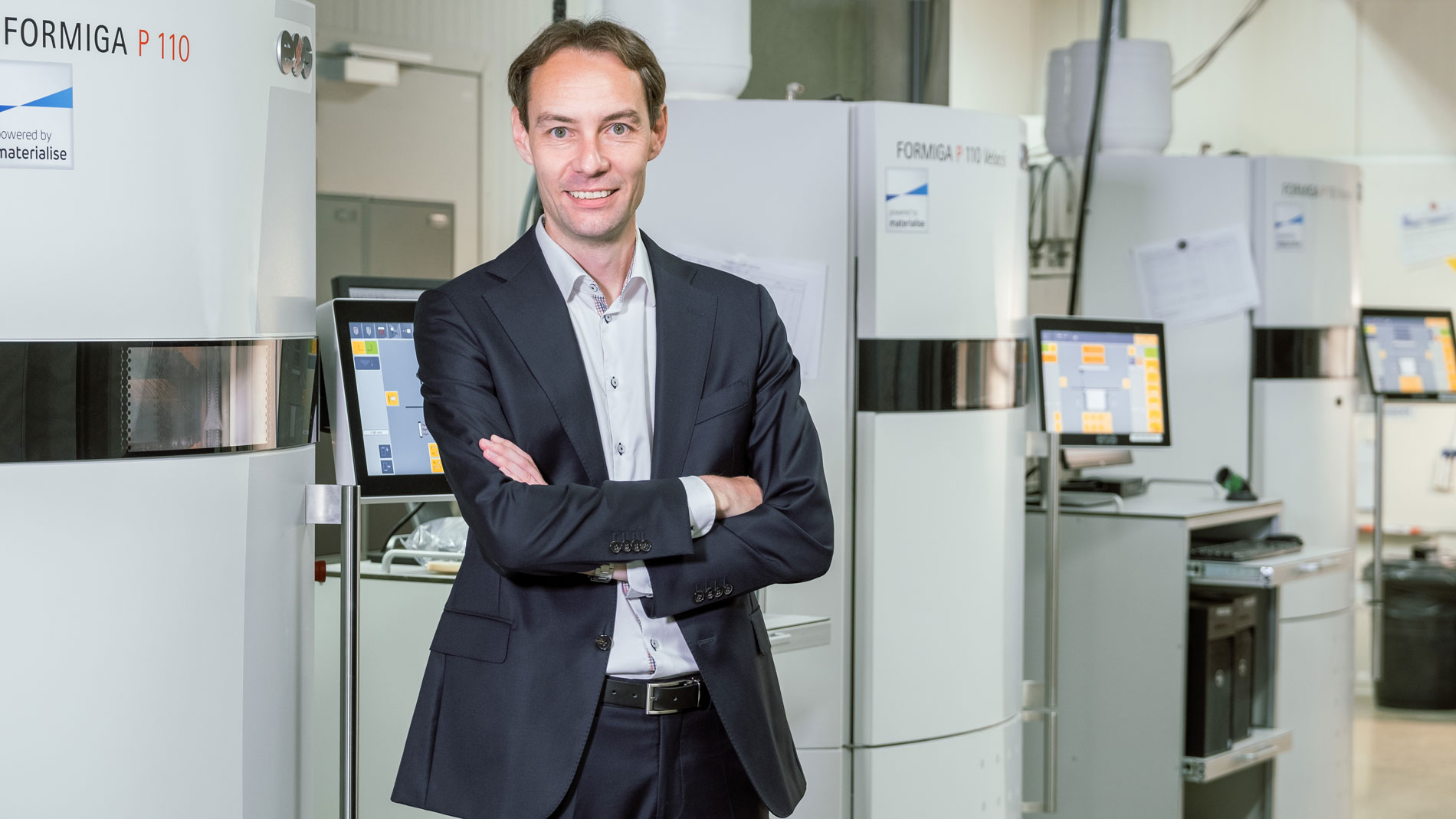
Conclusion
Mass personalization in the medical industry has changed the way we practice and view medicine, but the need for general medical devices to diagnose and treat patients remains. For many parts, particularly those needed in small quantities, 3D Printing companies can work with leaders in medical technology to navigate regulations and offer cost-effective, convenient solutions. Work in other highly regulated industries, including aerospace, has proven 3D printing is a viable solution for serial production in medicine.
While personalized solutions make headlines, every patient life is valuable. By providing new manufacturing options for the unsung heroes of medical devices, Additive Manufacturing capabilities in this essential field built opportunities to improve the quality of life for patients around the world.
FURTHER INFORMATION:
Tags
- Medical technology
- Research and development

